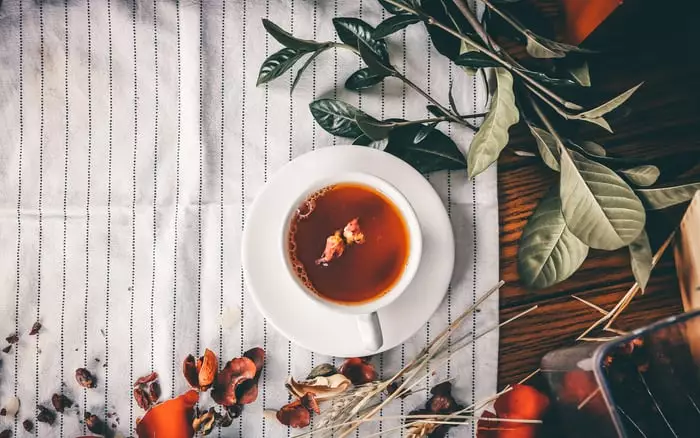CTC is a method of black tea processing. Introduced by Sir William McKercher in 1930. When he was the superintendent of the Amgoori tea estate of Assam. He invented the CTC machine to fulfill the rising demand for tea. Because with the Orthodox manufacturing technique, it is not possible to produce a large quantity, and manufacturing costs are also very high. So, he invented the CTC and changed the whole tea industry.

And give us a granular-shaped tea known as CTC. Nowadays, CTC is more consumed tea rather than any. It is a fully fermented black tea.
CTC was a kind of revolution in the tea industry. After the invention of the CTC machine. The production of tea gets an unbelievable hike. Become so popular that people forgot about other teas. There are also a few other reasons behind the popularity of CTC tea like cost and availability.
CTC tea sold a little cheaper than other teas because of its manufacturing process and the leaf quality. So it’s affordable for everyone.
For other teas like green or oolong, we need very fine leaves, but for CTC if we have a minimum of 40% fine leaves it is sufficient for producing good quality CTC tea. Also, the manufacturing process is mechanized. So, It prevents extra costs too.
What is CTC tea? CTC tea in full form?
CTC tea is a full ferment granular-shaped black tea. Made by the crush, tear, and curl method.CTC stands for crushed, tear, and curl.
In this process, tea leaves are torn in the rotor vane, go to the rollers for crushing, and lastly to the rotary shifter for rolling.
What are the steps for manufacturing CTC tea?
Five steps of CTC tea manufacturing –
What is Withering?
Withering is a moisture removal process. It removes moisture on a weight basis.
Withering dries out the present water from the leaves, make the present concentration thick, and makes the tea shoots rollable.
Rolling
In the CTC manufacturing process, we don’t roll the leaves. We crush, tear and curl the withered leaves.
After Withering tea goes to the rotor vane. Where the tea leaves are torn and then to the rollers with the help of conveyor belts for crushing, then shifted to the Googie for curling.
Fermentation
There are two methods of fermenting tea, CFM, and floor fermentation. But nowadays, CFM is commonly used floor fermentation is very rare.
CFM is the short form of a continuous fermenting machine. In CFM, the tea is fermented by a fully mechanized process.
During fermentation, the tea changes it’s color and develops its taste, strength, briskness, and color.
Drying
Drying the tea is a very crucial part of tea manufacturing. Drying removes the present moisture from tea and stops oxidation.
Drying also increases the shelf life of tea and makes it storable.
Shorting
Shorting is the last step of tea manufacturing.
After getting all done, the tea passes through different machines, where the machine cleans and segregates the tea according to its shapes and sizes.
What are the Grades of CTC tea?
CTC has 10 grades. We can segregate CTC granules into 10 different grades.
- BOPL- Broken orange pekoe large
- BOP- Broken orange pekoe
- BOPsm- Broken orange pekoe small
- BP- Broken pekoe
- BPsm- Broken pekoe small
- OF- Orange fanning
- PF- Pekoe fanning
- PD – Pekoe dust
- D- Dust
- RD/CD – Red dust/Churamoni dust
CTC vs orthodox tea
The main difference between CTC and orthodox tea is the processing method. CTC tea is made using the crushed, tear, and curl method. But in Orthodox tea, we don’t crush, tear or curl. Instead of crushing the tea, it only rolled to rupture the cell walls.
That’s why we can see differences in their shapes, CTC tea has a granular form, but orthodox tea has a curly shape due to the heavy rolling.
Due to the different processing methods, both teas have different tastes and appearances. Orthodox tea has a light orange color and a subtle taste.
But CTC tea has a dark color and a stronger and brisk taste. We can enjoy orthodox tea without milk, but for CTC tea milk is mandatory to enhance the flavor.
Conclusions
The method of processing CTC tea makes it different from others. Due to the Crush, tear and curl method, CTC tea gets its shape and strong taste. Because of the heavy demand for CTC tea, India produces 84% of the total CTC tea production.
In India, people mostly prefer strong tea with milk. So, CTC tea become a great choice because of its bold and rich taste.
